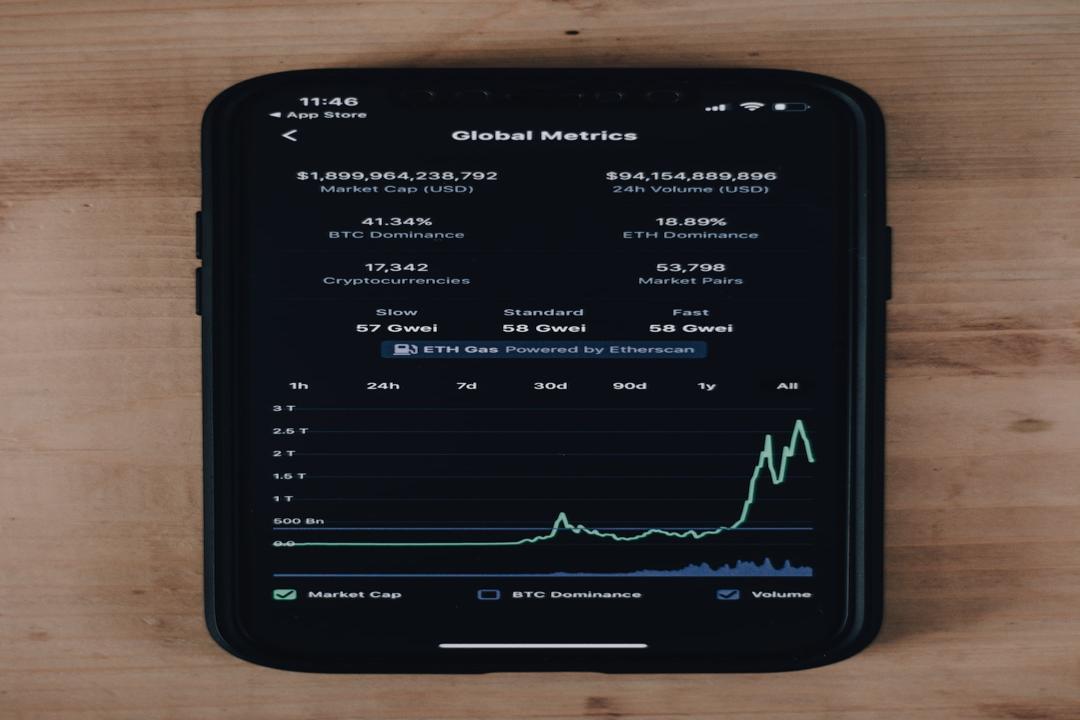Recently, the Bitcoin market has been like a rocket out of control, soaring to the sky one moment and plunging rapidly the next, even breaking through the dangerous level of 60,000 points! This not only puts a tremendous strain on the hearts of those seeking excitement, but also allows many people’s wallets to “experience” the pain of liquidation.
First of all, let’s explain what liquidation is. Simply put, liquidation occurs when your trading platform believes that you are too poor to pay off your debts, so it quietly clears your position as if it never existed. Sounds magical, doesn’t it? But trust me, you definitely don’t want to experience it firsthand.
Now you may ask, how can you avoid liquidation? It’s simple, don’t use leverage. Yes, you heard me right, don’t use leverage. Leveraged trading is like injecting hormones that can make a bull run into your trading. Although it may make you rich overnight, it is more likely to make you go back to square one overnight. Especially for Bitcoin, which is more volatile than your emotions, beginners should stay away and so should experienced traders. Remember, drive safely and reassure your family.
However, the human desire for adventure is always irresistible, just like inexplicably becoming addicted to spicy snacks. So, if you really decide to play with leverage, the following information is crucial.
Bitcoin leverage trading, simply put, allows you to control a large amount of Bitcoin with a small amount of capital. Sounds tempting, right? But don’t forget, high returns often come with high risks. There are two main ways to trade with leverage:
Spot leverage trading:
Definition: Spot leverage trading refers to the use of borrowed funds to amplify the investment effect when buying or selling a certain asset. This allows traders to engage in larger-scale trading with only a portion of their capital.
Risk and leverage ratio: Although spot leverage trading amplifies the potential for profit, it also increases the risk. Generally, the leverage ratio for spot leverage trading is relatively low (such as 3x, 5x, 10x), because spot leverage trading directly involves the buying and selling of actual assets, and the risk is relatively controllable, so the provided leverage ratio is usually not too high.
For spot leverage trading, Binance usually allows leverage ratios ranging from 3x to 10x, depending on the specific asset and market conditions.
Contract trading:
Definition: Contract trading, especially perpetual contract trading, refers to agreements between traders on the future price movements of certain assets. It does not involve the direct buying and selling of physical assets, but rather speculative trading based on price predictions.
Risk and leverage ratio: Because contract trading carries higher risks and is purely speculative based on price movements, platforms usually offer higher leverage ratios (such as 20x, 50x, or even over 100x) to attract traders. Higher leverage ratios can bring greater profit opportunities, but they also greatly increase the risk, including the possibility of rapid and substantial capital losses. In terms of contract trading, Binance offers higher leverage ratios, with leverage ratios of up to 125x for some contract products. However, high leverage trading carries extremely high risks, and it is recommended only for experienced traders.
Liquidation refers to when your margin is insufficient to support your current position due to unfavorable market conditions, causing the trading platform to close your position to prevent further losses. In leveraged trading, the higher the leverage, the smaller the market movement needed to trigger significant losses and liquidation. Calculating the possible liquidation point requires considering factors such as your initial margin, leverage ratio, and price fluctuations of the trading asset.
Assuming you have 100,000 yuan, we can calculate that under the conditions of not considering transaction fees and other possible costs, losses under 10x and 100x leverage would lead to liquidation.
10x leverage:
Total capital: Your 100,000 yuan plus 10x leverage, allowing control of assets worth 1 million yuan.
Liquidation condition: Liquidation conditions may vary on different platforms, but generally, liquidation is triggered when the margin level drops to a specific ratio. Assuming liquidation is triggered when the margin level is at 50% (i.e., you lose half of your total assets), under 10x leverage, your position will be liquidated when your loss reaches 500,000 yuan.
100x leverage:
Total capital: Your 100,000 yuan plus 100x leverage, allowing control of assets worth 10 million yuan.
Liquidation condition: Similarly, if liquidation is triggered when the margin level is at 50%, considering the extremely high risk of 100x leverage, the actual margin requirements on many platforms will be stricter and the liquidation point may be higher. Under 100x leverage, theoretically, your position could be liquidated when your loss reaches 50,000 yuan, as this means a mere 1% market movement against you is enough to consume your initial margin.
Important notes:
Actual liquidation point: The actual liquidation point is influenced by factors such as margin requirements, maintenance margin ratio, market volatility, and transaction fees. Some platforms may also provide advance notifications or implement partial automatic position closures to reduce the risk of liquidation.
Risk management: Although high leverage can amplify profits, it also greatly increases the risk, especially in highly volatile cryptocurrency markets. Therefore, caution is essential when engaging in leveraged trading, and using risk management tools such as stop-loss orders is crucial.
Impact of fees: Actual trading involves transaction fees and overnight fees (for positions held overnight), which also affect your margin level and potential liquidation risk.
In conclusion, although Bitcoin leverage trading may sound like a shortcut to financial freedom, it is actually a maze full of unknowns and risks. In this game, you may inadvertently become the next “liquidation hero.”
So, think twice before taking action and don’t let your journey to wealth turn into a thrilling roller coaster ride. In this cryptocurrency world full of variables, we are all cautious gamblers who want to hold onto wealth while fearing being devoured by risks.

